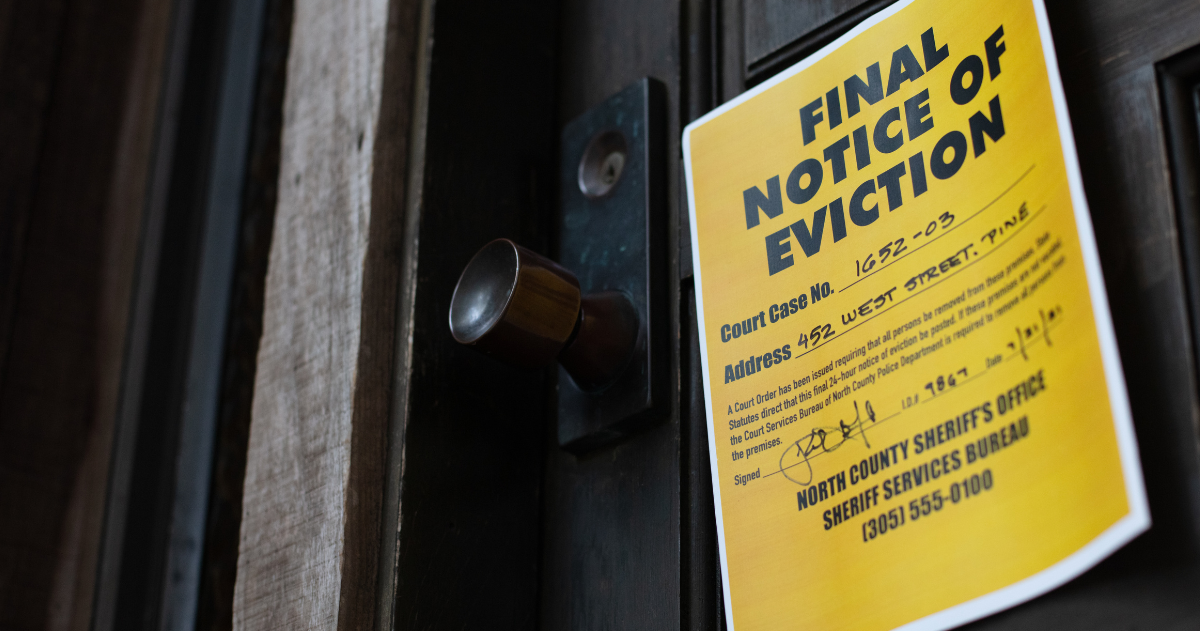Domestic abuse is an extremely difficult subject to tackle, but it’s a situation that landlords may find themselves in the middle of at some point during their career. A number of years ago, the Residential Tenancies Act (RTA) was changed in order to better accommodate victims of domestic or sexual abuse, making the process easier for victims to navigate through. The new process offers an easier legal way out of tenancy agreements for victims of abuse, while giving landlords an appropriate course of action against the abuser.
How much notice do victims of abuse have to give landlords?
Prior to the change of laws, victims of abuse in Ontario had to give 60 days notice to their landlord before being able to legally break the lease agreement, and agreements couldn’t be terminated until the last day of the tenancy’s term without the fleeing tenant being financially liable for ending the tenancy early. These laws only served to harm survivors of abuse, and so were appropriately updated to ensure that victims could flee a traumatizing situation.
Under the newer set of rules established by the Residential Tenancies Act, tenants who have experienced domestic or sexual abuse, or whose children have been victims of abuse, have an easier way out of a tenancy agreement. Tenants can use the Landlord and Tenant Board’s N15 – Tenant’s Notice to End my Tenancy Because of Fear of Sexual or Domestic Violence and Abuse, which can be given at any time without penalty, allowing tenants to end a tenancy agreement before the end of a lease or rental period. Along with Form N15, tenants must also give their landlord a copy of a restraining order or peace bond against the abuser (if applicable), along with another LTB form titled Tenant’s Statement About Sexual or Domestic Violence and Abuse.
Please note: It’s very important for victims of abuse to protect their privacy when downloading these forms online.
How should landlords deal with being given Form N15?
Once the documentation has been handed over, the tenant will be able to legally break the lease agreement within 28 days. After receiving an N15 and appropriate accompanying documentation, it’s extremely important that landlords go the extra mile to protect the privacy and confidentiality of their tenant. This means that you can’t advertise the availability of the unit or property in question until the tenant has left, nor can you give tours of the unit to prospective tenants. Protecting the confidentiality of your tenant will ensure their safety, and will help them get out of an abusive situation without incident.
Can Toronto landlords evict abusers?
If the abuser of your tenant is also on the lease agreement, it’s natural to wonder whether you can legally evict them from your property. Thankfully, landlords have an option to evict abusers. Ontario landlords can fill out a Form N17 Notice to End your Tenancy – For Causing Serious Problems in the Rental Unit or Residential Complex and check off Reason 1: “Your behaviour or the behaviour of someone visiting or living with you has seriously impaired the safety of another person and this behaviour occurred in the residential complex.” as the reason for ending the tenancy agreement. You’ll have proof in the form of the previously delivered Form N15 that their behaviour has impaired the safety of another person within the residential complex. Keep in mind that you have to give the tenant 10 days from the date the N17 document was delivered.
Resources for survivors of domestic or sexual abuse
If you, your child, or somebody you know has been a victim of assault by a domestic or intimate partner, you can access the following resources for support:
- Assaulted Women’s Helpline (24 hour helpline serving all of Ontario) – Toll Free: 1-866-863-0511, GTA: 416-863-0511
- Fem’aide (24 hour helpline for French-speaking women) – 1-877-336-2433
- Victim Services Toronto – 416-808-7066
- Keep safe online and on your phone (tips on how to stay safe if you suspect your abuser is spying on or tracking you)
For more information about the Toronto property management and real estate services offered by the team at HighGate Properties, contact us today.





